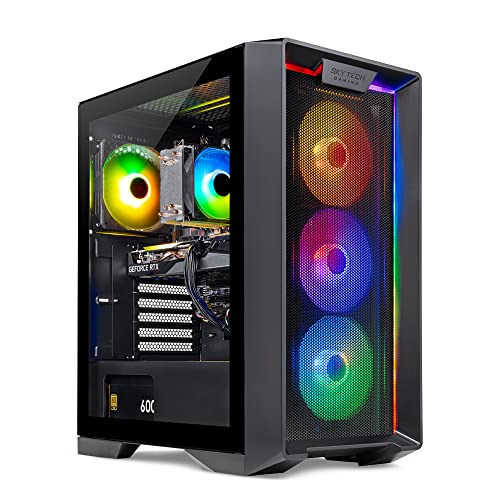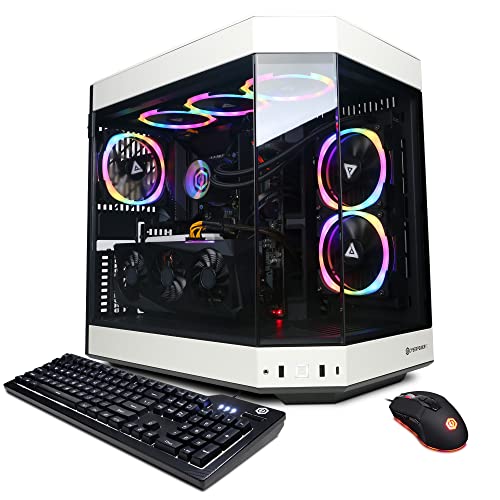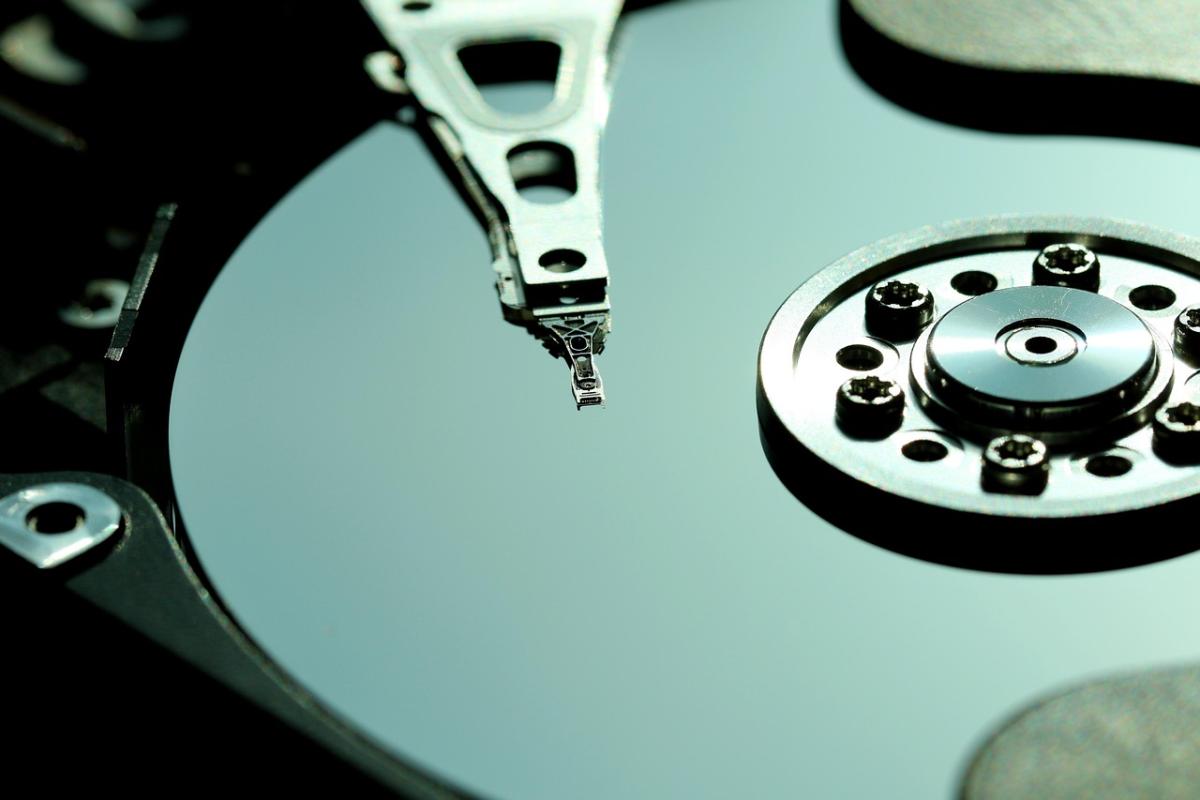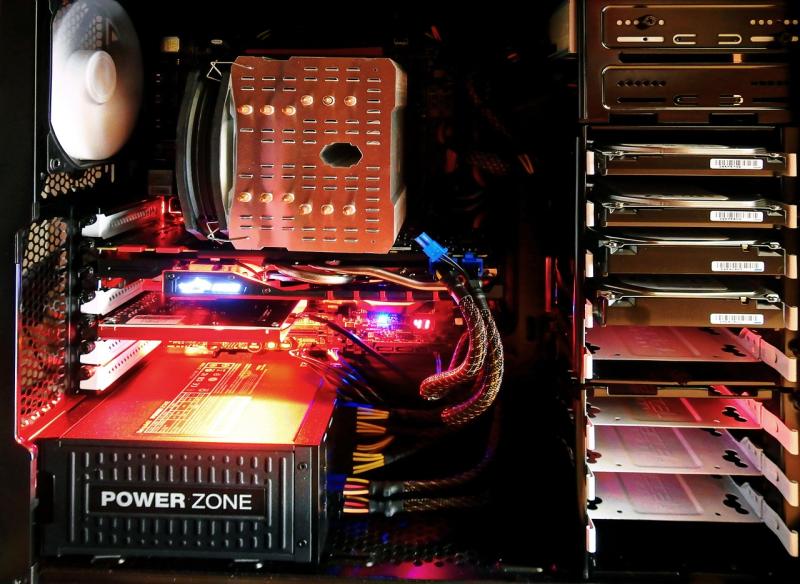**Introduction**
In the realm of PC hardware, reliability is as important as performance. Self‑repairing electronic components are an emerging technology designed to extend the lifespan of devices by automatically addressing microscopic damages. Drawing inspiration from biological systems, these cutting‑edge components employ smart materials and embedded repair agents that activate at the first sign of wear. This article examines how self‑repairing technologies work, their potential to cut maintenance costs, and how they ensure long‑term stability in high‑performance computing environments.
**Technological Innovations**
- **Smart Polymers and Self‑Healing Materials:**
Researchers have developed polymers infused with microcapsules containing healing agents that automatically fill in cracks and defects. When damage occurs, the microcapsules break open and release these agents, repairing the circuit pathways.
- **Nano‑Engineered Conductive Inks:**
Advanced printing techniques using nano‑engineered inks containing conductive nanoparticles allow printed circuits to self‑repair minor fractures.
- **Embedded Sensor Integration:**
Tiny sensors within the circuit board constantly monitor parameters such as stress and temperature. These sensors trigger the self‑repair mechanism when deviations from optimum performance are detected.
- **AI‑Driven Diagnostics and Feedback:**
Machine learning algorithms analyze sensor output and activation data to further optimize repair processes and predict when maintenance is needed, effectively extending the usable life of the hardware.
**Applications and Benefits**
- **Reduced Downtime:**
Self‑repairing components significantly minimize system failures, meaning fewer costly downtime incidents in mission-critical environments like data centers and high‑performance workstations.
- **Lower Maintenance Costs:**
By continuously repairing microscopic damage and preventing failure escalation, these components reduce the need for frequent manual replacements and repairs.
- **Enhanced System Durability:**
Devices equipped with these smart materials exhibit a notably longer lifespan, providing consumers and enterprises with valuable long‑term reliability.
- **Sustainability Benefits:**
Extending the lifespan of electronics translates into less electronic waste, making self‑repairing technologies an eco‑friendly solution that supports sustainability initiatives in the tech industry.
**Future Directions**
Future research will likely focus on improving the speed and efficiency of self‑repair mechanisms, as well as broadening their application across a wider range of components. Integration with AI‑driven monitoring systems will help predict when self‑repair processes need activation, optimizing the maintenance cycle and ensuring consistent performance. As these technologies mature, self‑repairing components could become standard in critical PC hardware, supporting both consumer and enterprise markets.
**Targeted Keywords:**
self‑repairing electronics, smart PC components, self‑healing circuits, nano‑engineered conductive ink, embedded sensor technology, AI‑driven diagnostics, durable PC hardware, sustainable electronics, next‑gen circuit repair
View our related products
See more



Self‑Repairing Electronic Components
Extending the Lifespan of PC Hardware
Related Articles
Essential High-Performance PC Components You Need Now
Upgrade your setup with the must-have parts for unbeatable gaming and productivity
Top Picks for Best High-Performance PCs
Find the perfect power machine for gaming, work, or creative projects
Your Guide to the Best High-Performance PCs
Find the Right PC for Your Gaming and Creative Needs
View our related products
See more






